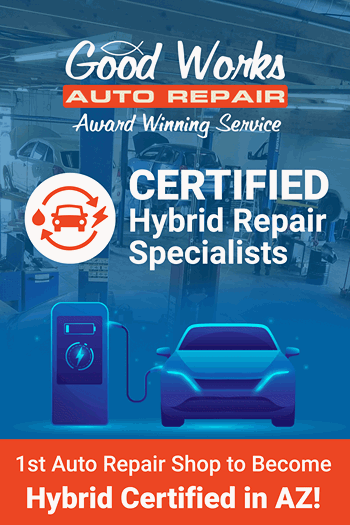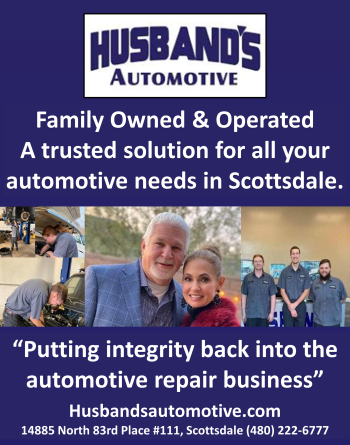Not too long ago I toured three of our nation’s largest transmission remanufacturing facilities, which were all in the Midwest. Each time I finished a tour, I was left in amazement. I had felt I had been a victim of the “Sparkle Dust.” I saw that the term “Re-Manufactured” was being presented as better than a local rebuilt transmission, yet the “Real Value” did not stack up to that of my local “Overhaul,” at least in my case.
As an example, I found the remanufacturers were testing and reusing solenoids and other electrical components while I was replacing them Carte Blanche when our facility overhauled a transmission. As a matter of fact, they referred to their “solenoid test bench” as being advanced and made the claims that in many cases a used solenoid was somehow better than a new one out of the box. Sounds good at first blush, but everything has a life cycle, including solenoids. We find solenoids to be a common failure point in transmissions. Solenoids are in many instances the first domino to cause the transmission to fail.
Throughout the course of all three plant tours, I was given a failure rate of approximately 12% from the first, a failure rate of 8.7% from the second and a failure rate of less than 2% from the third. Knowing what I know about transmissions, remanufacturer number one and two did sound somewhat reasonable although my feeling was that they were exaggerated. Let face it, sales people maximize what’s good and minimize what’s bad.
Manufacturer number three sounded very dishonest at least by means of omission. So I called out the issue several times with remanufacturer number three during the plant tour and I finally heard the caveat to these numbers. I was told verbally that the failure rate of less than 2% was within the first 90 days across all of their products lines. I could not get a definition for what all product lines meant. This is an important point to note since transmissions are only a portion of their business. This hardly sounds honest; especially when this particular remanufacturer actively brags about their warranty period of 3 years and 100,000 miles.
The reason I was invited on these plant tours is that I have heavily sampled product from all three of these remanufacturers and the reality was this; my indicators showed that we experienced a much heavier failure rate with their so called remanufactured transmissions than what we experienced with our own products.
The remanufacturers all made the case that we should partner with them to use their remanufactured transmissions when our own in house production was over capacity. At the time it seemed like a good idea. We gave it a three year try supplementing our own production with their outsourced product. We bought the concept hook, line and sinker using all three different remanufacturers believing it was the wave of the future for the independent transmission business. At one point we warehoused hundreds of these remanufactured transmissions ready to install.
Here are just a few of the major fundamental problems that we ran into supplementing outsourced transmissions into our production process.
Break up of responsibilities:
Where there was an issue, whose issue was it? No longer were we directly in control of handling our customers. As confirmed in some cases by the remanufacturer, we found that in the 10 – 20% of the time there was issue, it was a major issue because of the breakup of responsibilities. The problem with this and what made matters worse was that I was no longer in control of taking care of the customer. If there was a problem, there was always a third party to deal with. Then there were multiple days of running tests and jumping through hoops to get through the bureaucracy of the large remanufacturers warranty process. On top of that; I had two days’ worth of freight for the replacement unit.
Imperfect transmissions:
When we custom build transmission in house, if we don’t feel a transmission works perfectly we can easily make adjustments by fine tuning the transmission. Whenever we found an outsourced transmission was only on the cusp of being acceptable, we were not able to make adjustments. If we could not live with a particular outsources transmission and felt the customer couldn’t either, we would end up tying up the customer’s vehicle for several days simply due to logistics. This whole idea of outsourced remanufactured transmission was supposed to be quicker. It is, but only as long as there is not a problem. Another consideration is that the remanufacturer would only pay for our time if at their end, they felt installing a different transmission was necessary. Remember, “One man’s garbage is another man’s treasure.”
The original transmission’s point of failures isn’t verified.
The modern transmission fails for many different reasons. If the point of failure is not verified, repeat failures are inevitable. In today’s vehicles transmissions can, and often do, fail due to a problem with the vehicle itself, not because the transmission was the culprit. This would be due to things like a defective radiator (glycol contamination), faulty electrical grounding, faulty computer, faulty mass air flow (MAF) sensor, faulty throttle position sensor (TPS), just to name a few. When you install a traditional remanufactured transmission logistically there is no coordination between the factory and the installer. Your old transmission is simply remanufactured for the next patient.
The battle we fight as an independent transmission shop is that there have been bad local rebuilt shops that have created the need for larger remanufacturing facilities that seemed to be better standardized. However, as the pendulum swings back we find that transmission remanufacturing facilities are in the end no better and in many ways worse. I believe it is fundamentally due to logistics (freight costs), hodgepodge of transmission cores, bureaucracy, and no local representation.
As a local rebuilder we have always felt caught in the middle of this plethora misrepresented products. Throughout our industry there’s a sea of under qualified people working in the transmission business resulting in waves of misdiagnosed transmissions.
Our Solutions:
The modern transmission is designed significantly better than days gone by. In the old days transmission utilized two to three speeds. Now electronic nine speeds are regular finds in late model vehicles. They are truly extraordinary pieces of machinery. They not only maximize torque at the highest efficiency possible you never even gave it a thought while they performed their function. Transmissions now rely on internal computers, complex hydraulic control systems and sensors throughout the vehicle to do everything they accomplish. This is often where the misdiagnosis comes into play.
Dave Riccio is the owner of Tri-City Transmission in Tempe, AZ and the host of Bumper to Bumper Radio every Saturday from 11:00am to noon on KTAR NewsTalk Radio, 92.3 FM in Phoenix.






















